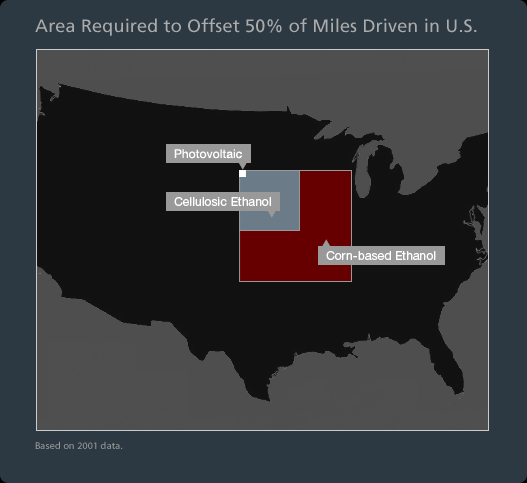For many years, I’ve been occasionally involved in local political action to maintain and extend open space land in Connecticut. Here are a few things I’ve learned.
1. In land development, money doesn’t talk, it screams. There is enormous money to be made in building and land development; developers are focused, persistent, experienced, and well-financed. In the long run, the best way to save open space is to buy the land and turn it over to the Town or perhaps a land trust (with extremely detailed and thorough legal restrictions on permitted activities). It is possible to tie projects up with legalities, hearings, and politics–but even if you win one year, there might well be some other developer with a bright idea for the land next year. Thus try to start an open-space acquisition program by the town; in my experience, voters tend to favor funding for open-space acquisition (often exceeding approval rates for school budgets, roads, sewers,and narrow interest-group proposals such as skateparks, tax benefits for malls and sports teams, etc.).2. Many towns (that is, their taxpayers) provide substantial subsidies, direct and indirect, for land development by funding the necessary infrastructure (water, roads, sewers, loans, tax subsidies). Pro-development politicians can it “investment;” others might call it “welfare socialism for rich developers.” At any rate, it is funded by taxpayers. Priorities can be challenged, and development subsidies can be diverted to open space acquisition. It may well be that the local politicians are pro-development but often the voters are less so; thus try to move decisions about priorities to the electorate (and the taxpayers). In general, the broader the decision-making arena, the more likely pro-environmental campaigns will succeed. A slogan for open-space acquisition might be “They’re not making any more land; let’s save it now.” Why not use tax dollars for open space rather than taxpayer-subsidized real estate development? Should all those tax dollars help out needy developers?
Interesting read.



